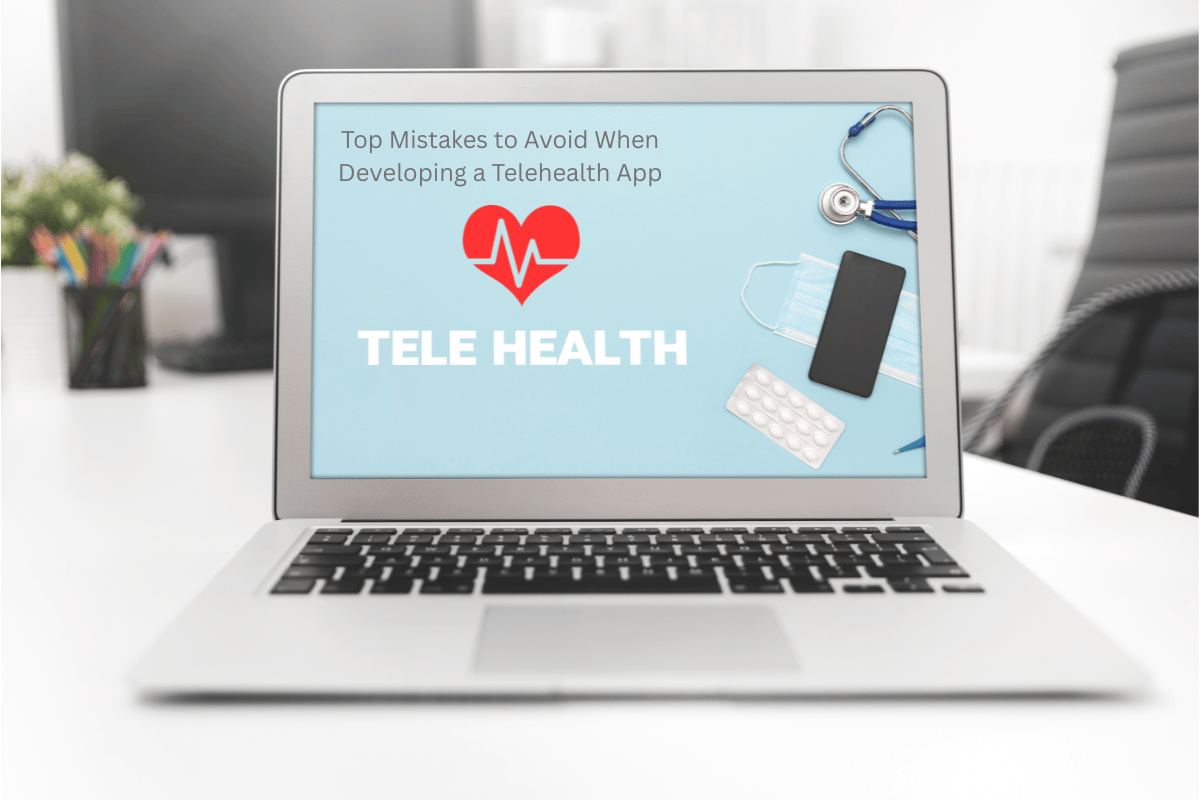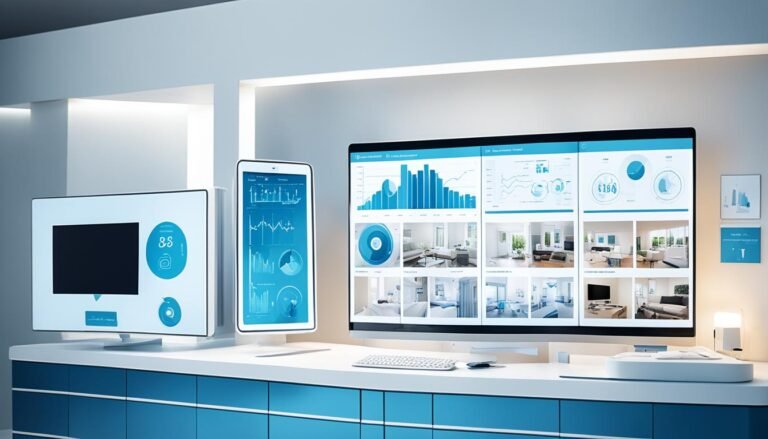Top Mistakes to Avoid When Developing a Telehealth App
A brutal playbook for dodging digital disaster in modern healthcare
Telehealth isn’t a shiny trend. It’s a tectonic upheaval. What once stood as a digital detour—a convenient Plan B for off-hours consultations—has now embedded itself into the core circuitry of global healthcare. But crafting a telehealth app? That’s not innovation for its own sake. It’s mission-critical architecture for human survival.
And yet, so many get it wrong.
Not in loud, obvious ways. But in quiet oversights. In subtle miscalculations. In assuming that sleek UX or fancy pitch decks can outshine regulatory landmines or backend vulnerabilities. Let’s strip it bare.
Here are the cardinal sins in telemedicine software development —and how to avoid coding catastrophe.
1. Treating Compliance Like a Paper Trail Instead of a Pulse
“We’ll figure out the legalities once we have traction.”
Say that again, but slower—and maybe with a lawyer present.
Because compliance isn’t a post-launch polish—it’s the blueprint.
HIPAA. GDPR. PIPEDA. The acronyms aren’t decorative—they’re ticking clocks, each one concealing a matrix of patient rights, security obligations, and data handling minutiae. Failing to embed these early isn’t just risky. It’s reckless. Worse—it’s negligent.
Compliance isn’t a phase. It’s the foundation.
And foundations don’t forgive shortcuts.
2. Designing for the Developer’s Ego, Not the Human Condition
There’s beauty in clean code. Pride in precision. But no one battling a migraine, a panic attack, or a child’s 103° fever is marveling at your backend logic.
They want relief. Now.
A telehealth interface should breathe calm into chaos. It should whisper, not shout. Anticipate, not overwhelm. The most powerful UX doesn’t dazzle—it disappears, letting the user glide.
If your 70-year-old uncle with arthritis and poor eyesight can’t navigate it—you’ve failed.
Harsh? Yes. Necessary? Absolutely.
3. Skipping the Chaos Rehearsal: No Load Test, No Mercy
Ah, the illusion of stability. Everything works fine—until it doesn’t.
You demo your app in pristine conditions. Polished. Pristine. Fast.
Then flu season hits. Or a COVID variant. Or a sudden spike in RSV cases. Suddenly, you’re drowning in concurrent sessions, jittery video calls, and irate patients staring at spinning loaders.
Telehealth apps don’t get the luxury of breaking gently.
They break loudly, catastrophically, and at the worst possible moment.
Simulate disaster. Simulate scarcity. Simulate real life.
4. Neglecting the Healthcare Ecosystem: Building Beautiful, Broken Silos
A telehealth app that doesn’t integrate is just a glorified FaceTime clone.
If your software doesn’t talk to EHRs, billing platforms, pharmacies, or lab systems, it’s not part of healthcare. It’s outside of it, howling into the void.
FHIR. HL7. API handshakes. These aren’t developer headaches—they’re lifelines. Interoperability is the bloodstream of digital medicine. And without it?
You’re not healing. You’re just hoarding data.
5. Over-Focusing on the Front Door While Leaving the Back Gate Wide Open
Security theater is everywhere—two-factor prompts, strong passwords, lock icons. But it’s all meaningless if your database is riddled with vulnerabilities, your APIs undocumented, or your admin portals wide open to brute force.
Healthcare data is sacred. Stolen patient records aren’t just embarrassing—they’re weaponized. Sold. Abused. Exposed.
MFA alone won’t save you. Penetration testing will. Zero-trust architecture will. Obsession will.
Because attackers only have to be lucky once. You? You have to be perfect—always.
6. Planning for the Present, Ignoring the Future
If your infrastructure buckles at 500 users, what happens at 5,000? Or 50,000?
Scalability isn’t an afterthought. It’s the quiet oracle of your app’s future. Build as if success isn’t just possible—it’s probable. Build cloud-native. Elastic. Containerized. Redundant.
If your app dies under its own weight, no one mourns it. They just delete it—and move on.
7. Crossing the Finish Line—and Collapsing
You launched. Pushed live. Metrics look decent. Time to exhale?
Not even close.
Telehealth apps aren’t static digital products. They’re evolving care platforms. Every crash is a potential medical emergency. Every bug? A barrier between someone and the care they need.
This isn’t about “monthly updates.” It’s about living support ecosystems—live chat, real-time patching, urgent response workflows.
Your app should never sleep—because illness doesn’t.
Final Thoughts: You’re Not Deploying an App. You’re Deploying Trust.
Every line of code in a telehealth platform is a promise. To the elderly woman who lives alone. To the anxious teenager afraid to speak in person. To the chronically ill father checking his vitals at 3 a.m.
This isn’t a product. It’s a pact.
The margin for error? Razor-thin. The cost of failure? Measured in human lives, not bounce rates.
So build slowly. Break things—but rebuild better. Audit obsessively. And remember: you’re not just writing software. You’re building a digital bridge to care.





